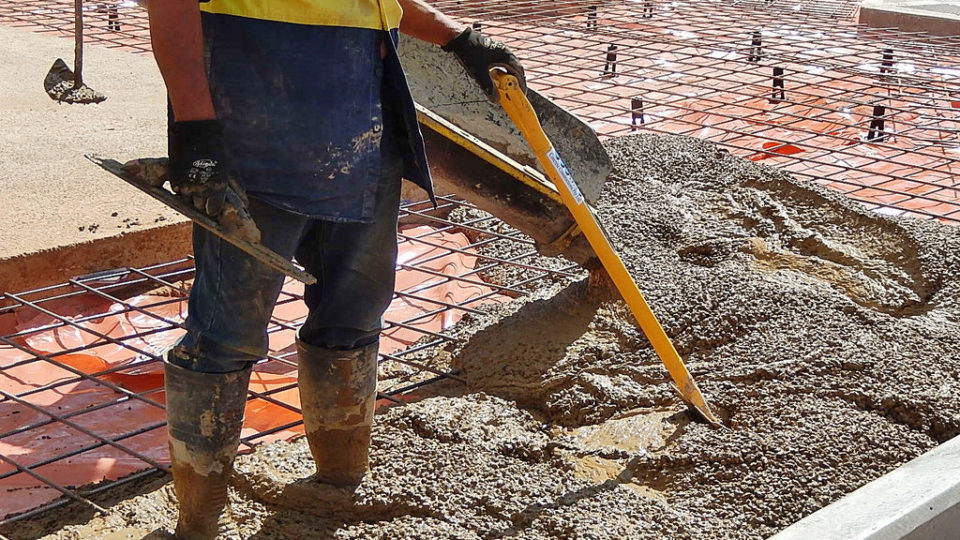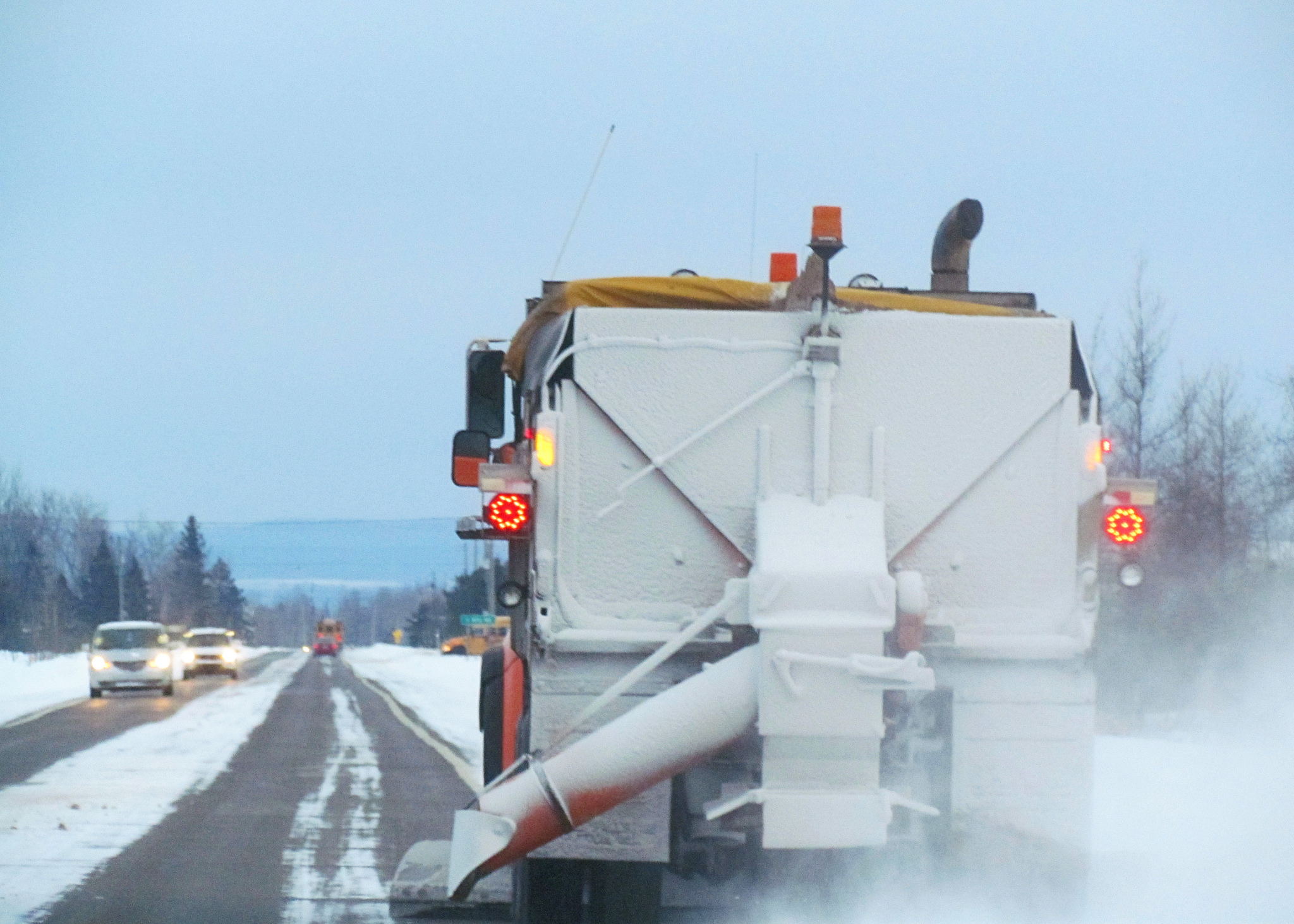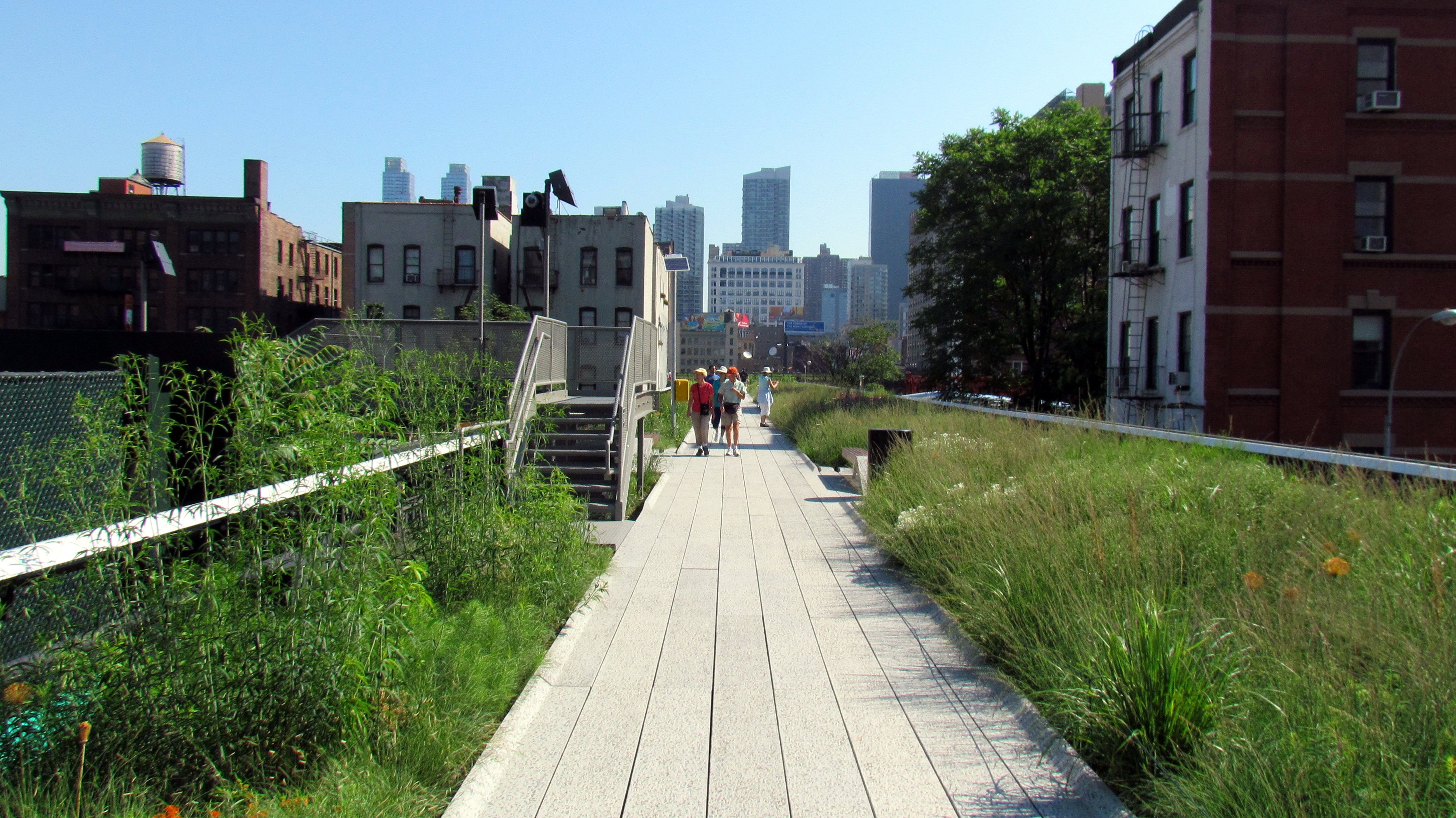concrete
Greener Concrete
The battle to reduce carbon emissions is heavily focused on electricity generation, transportation, buildings, and agriculture, which collectively account for more than 75% of the total. However, there are other sources of carbon emissions that cannot be ignored. Among industrial activities, the production of cement is responsible for 7% of industrial energy use and is the second largest industrial emitter of carbon dioxide. Making cement accounts for about 7% of global emissions.
Salt Cocktails Compromise Freshwater
Human activities are exposing US rivers and streams to a cocktail of salts, with consequences for infrastructure and drinking water supplies. Road salt, fertilizers, and mining waste – as well as natural weathering of concrete, rocks, and soils – all contribute to increased salt in waterways. When these different salt compounds combine, their harmful effects can amplify.
Storing Energy With Rocks
Energy storage is hot topic because more and more electricity is being generated from renewable sources like solar power and wind power that can’t operate all the time because the sun doesn’t always shine and the wind doesn’t always blow. So we need ways to store surplus energy when it is produced and be able to use it later when it is needed.
Making It Rain
It seldom rains in the United Arab Emirates. Some areas of the UAE receive less than five inches of rain annually, and often little to none at all during the summer months when temperatures can climb above 110 degrees Fahrenheit. These conditions have led to water security concerns particularly in Dubai, a blossoming international destination, as well as in rural, farming communities.
De-Icing Roadways
We have been using salt to keep winter roads free of ice and snow since the late 1930s. In the United States alone, some 20 million tons of salt are applied to roadways each year. And while its use has real benefits in terms of safety and navigation, there have been cumulative costs to the environment, including degrading freshwater resources and contaminating groundwater.
Planning Cooler Cities
Anyone who has walked the streets of New York City or Washington, D.C. on a stifling summer day can attest to the fact that cities feel hotter. It’s not a matter of perception.






